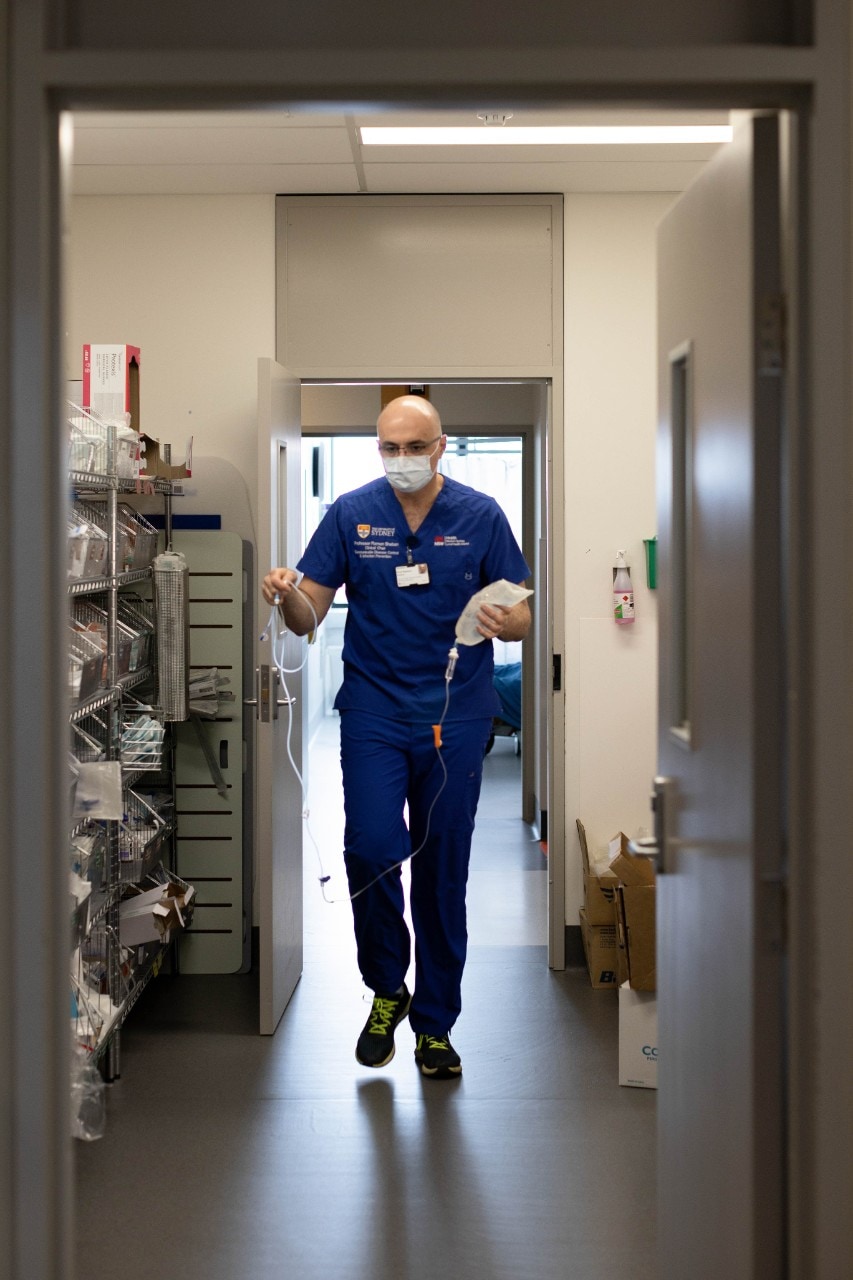Infection
Re-writing infection prevention and disease control for Australia
Professor Shaban, along with his team, played a pivotal role in identifying and managing the first cases of COVID-19 in New South Wales at Westmead Hospital.
“Towards the end of 2019, my team and I began receiving information through our networks about the emergence of a new pathogen, initially referred to as the novel coronavirus,” says Professor Shaban.
In early 2020, the Westmead team initiated processes to identify cases, implementing laboratory testing methods specifically designed for this virus.
The focus also extended to identifying at-risk individuals, characterised during the early stages of the pandemic by specific epidemiological factors, with travel from endemic areas, primarily Wuhan, China, being a key early risk factor for what later became known as COVID-19.
“As the pandemic spread to other areas around the world, we had to examine criteria for individuals who presented with a clinical illness consistent with this condition coupled with pertinent epidemiological risk factors,” says Professor Shaban.
“In the early months of 2020, we set up these systems and identified the first cases of COVID-19 in the state. It was at this time that the processes began for the local and then state-based response for New South Wales more broadly.”
Professor Shaban and his team published two research papers on this experience.
The first spearheaded by Professor Shaban on the early response to COVID-19 in Australia, focusing on the first cases in Queensland, New South Wales, Victoria, and South Australia. Their studies examined the presenting characteristics of the COVID-19 cases and analysed the measures taken by states and territories to respond to the infection and subsequent epidemic.
Additionally, Professor Shaban and his team conducted a study exploring the lived experience of COVID-19 in the first patients in New South Wales. The research aimed to understand the impact on patients, families, and the healthcare system, recognising the stress associated with emerging infections and ensuring a comprehensive understanding of the conditions and responses.
“We wanted to make sure we understood what it was like to have this condition and how the health system responded to their concerns and their conditions more broadly,” says Professor Shaban.

